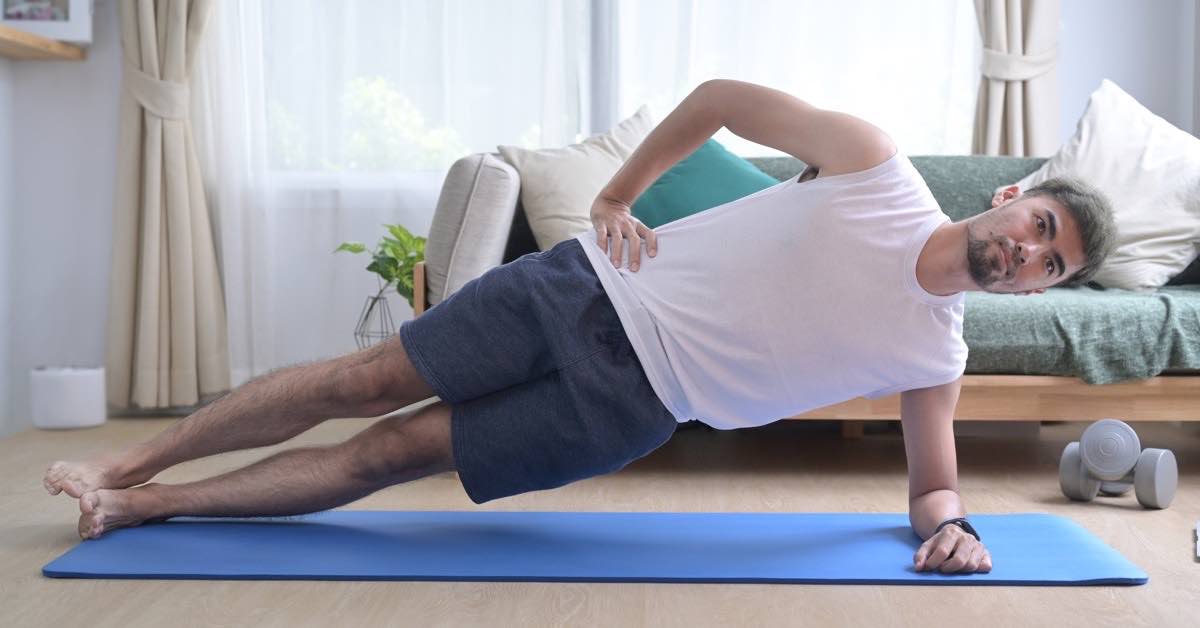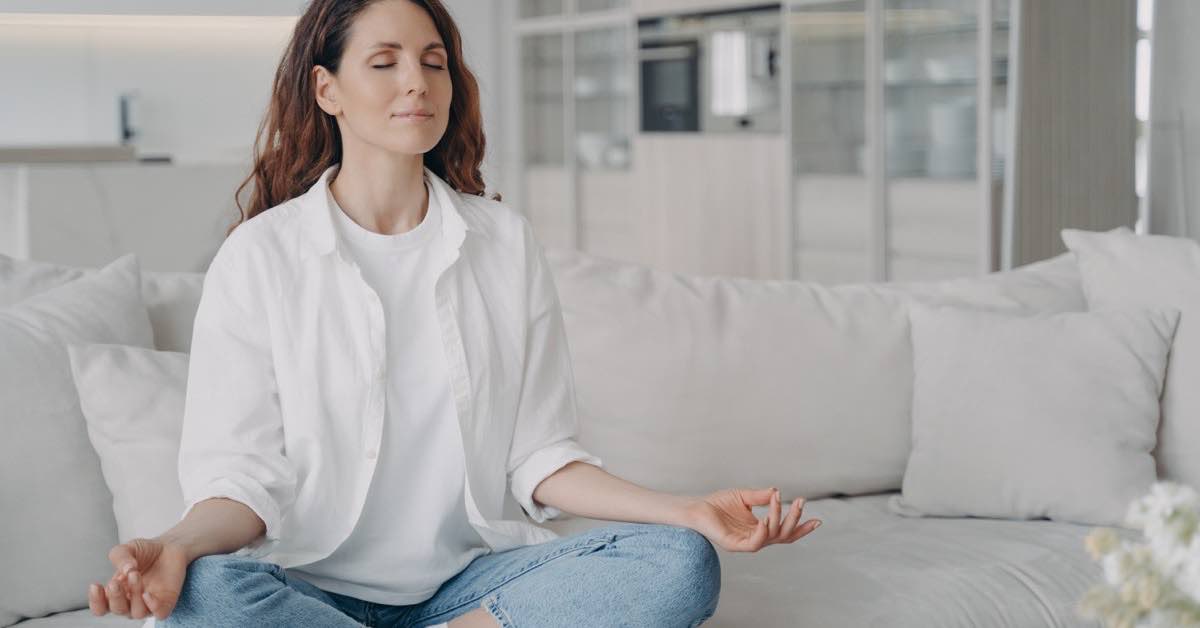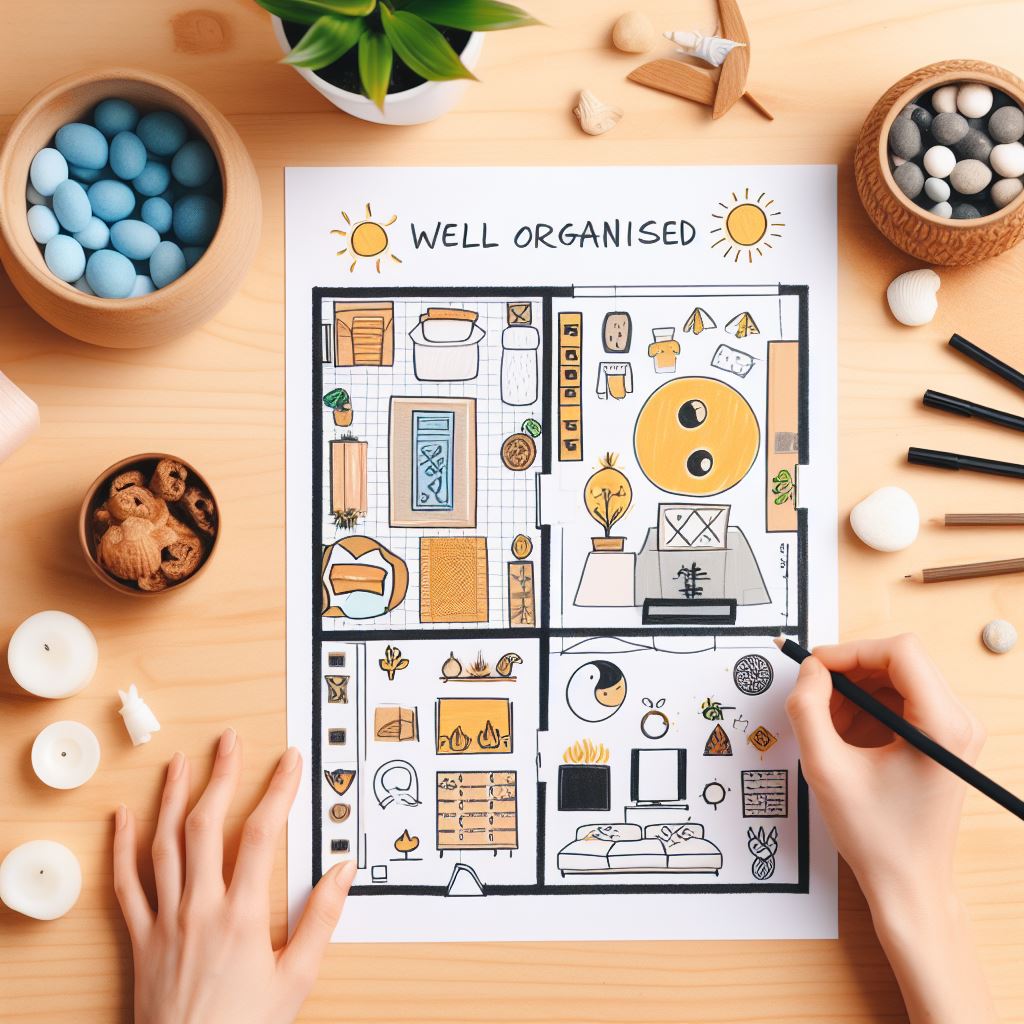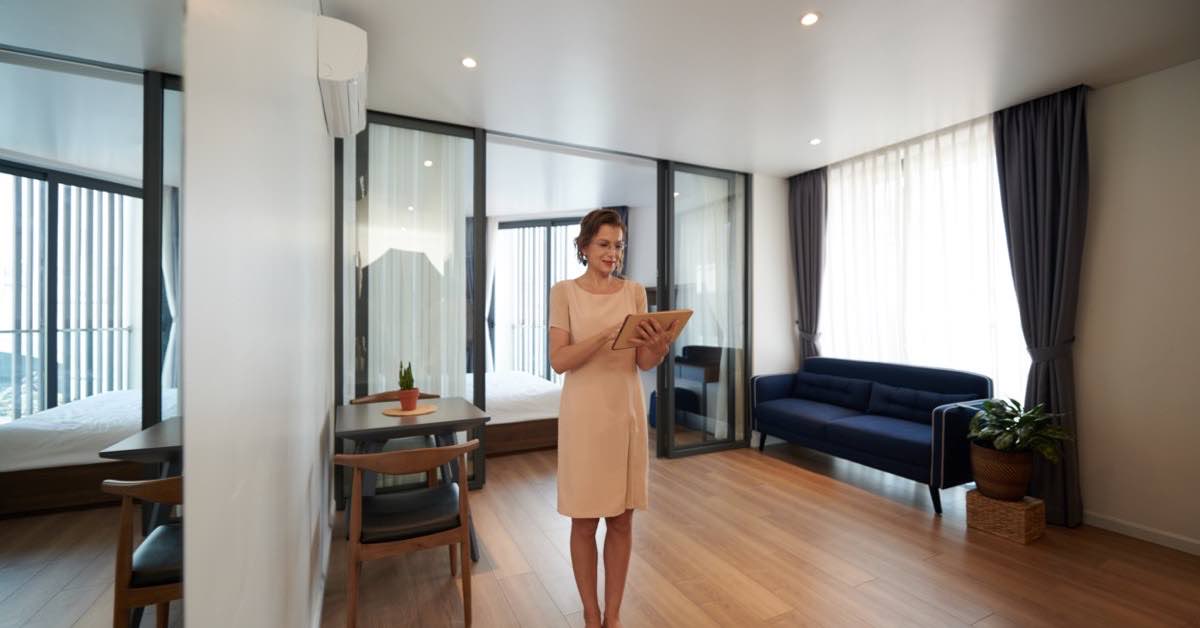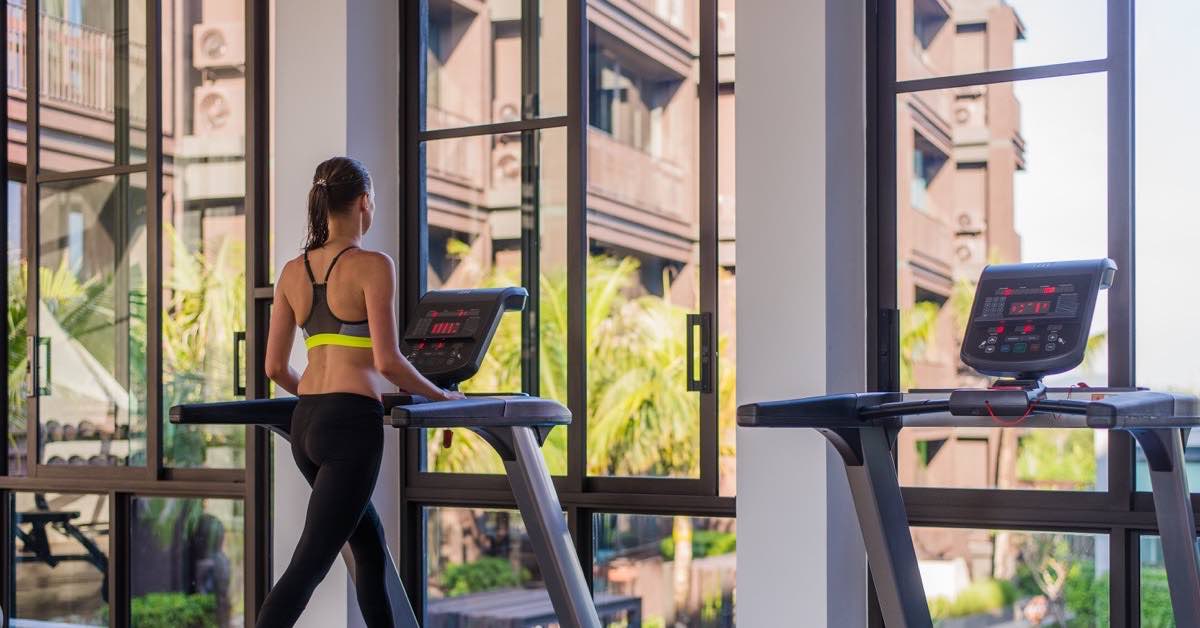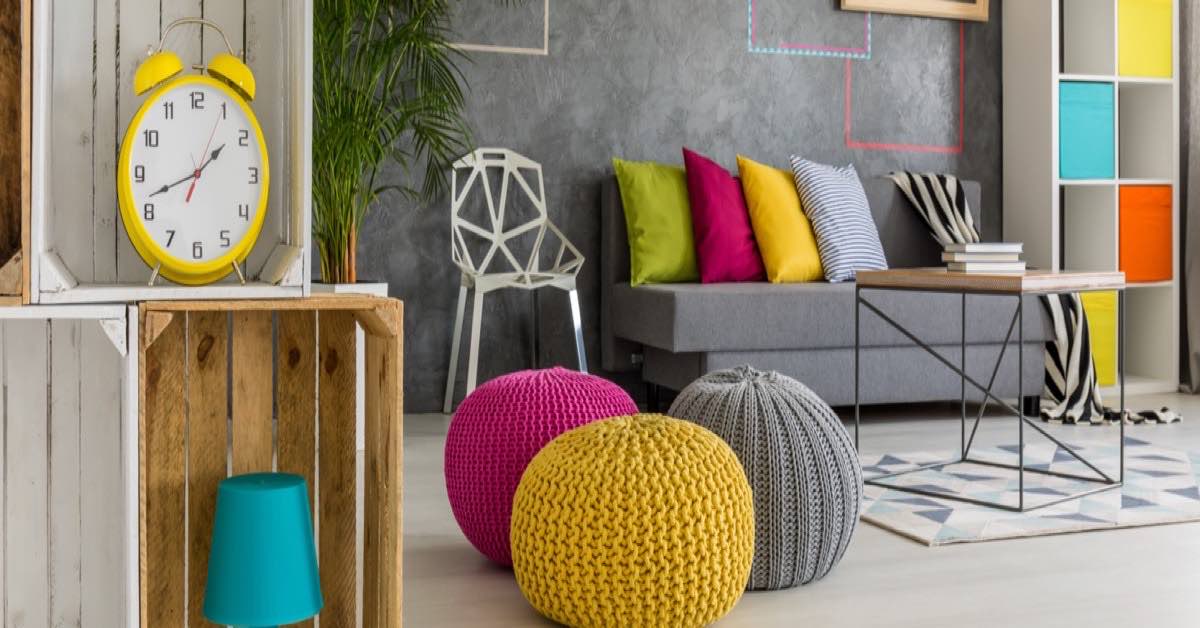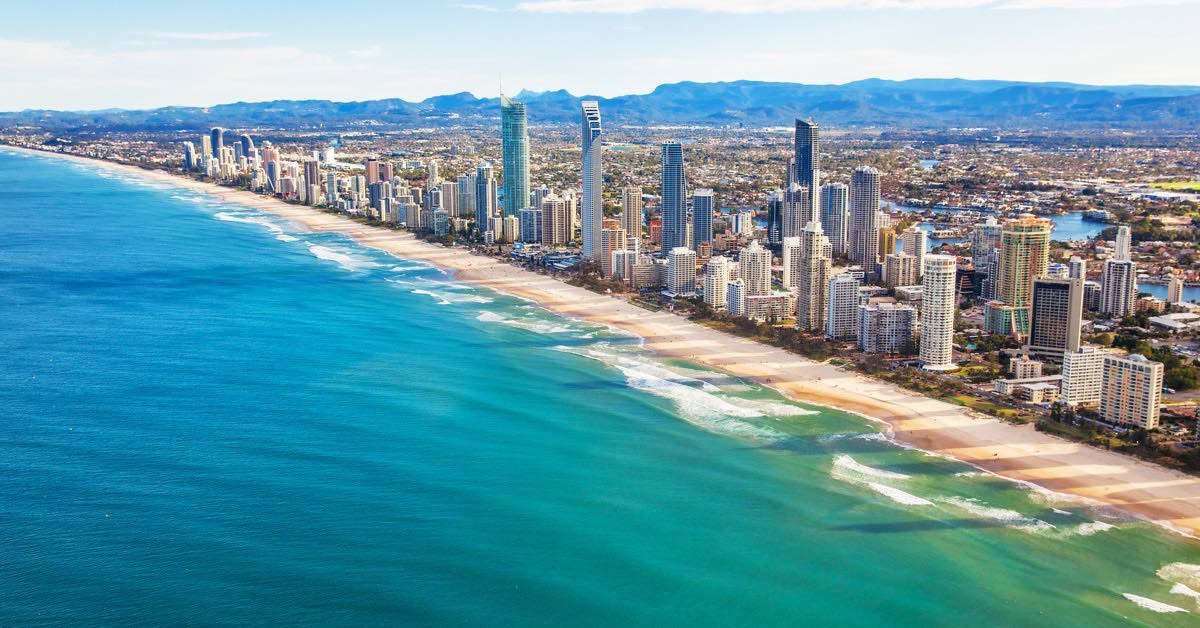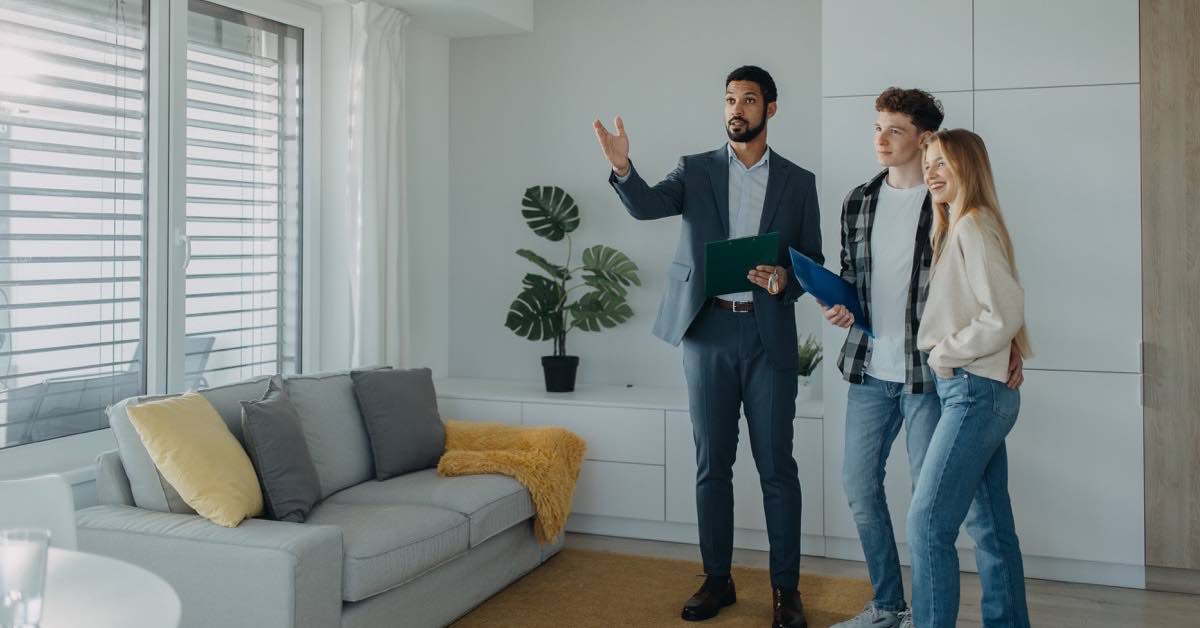Buying your own apartment in Australia is an exciting prospect for many people. But it can also be an overwhelming process as there are a lot of variables to consider. From location to cost and amenities, you need to make sure you do your research before signing on the dotted line. Here are some tips to ensure that you get the perfect apartment for your needs when purchasing an apartment in Australia.
Purchasing an apartment can be daunting, but it can also be a significant investment and the beginning of a new chapter in your life. Whether you’re a first-time buyer or an experienced property owner, there are many things to consider when making such a significant purchase. Location, budget, financing, inspection, and buying are just a few essential factors to consider.
In this article, we’ll guide you through each step, providing tips and valuable information to help make your apartment purchase smooth and successful. From researching the best location to understanding the fine print on a purchase contract, we’ve got you covered. So, let’s get started on your journey to becoming a homeowner!
Explanation of Why People Choose to Purchase an Apartment
There are many reasons why people choose to purchase an apartment in Australia. One of the main reasons is the ability to own their own property and have a place to call home. For many people, purchasing an apartment represents the achievement of the “Great Australian Dream” of homeownership.
Another reason that people choose to purchase an apartment is the convenience and low maintenance of apartment living. Unlike a house, apartments require less maintenance and cleaning, allowing for a more stress-free and easy lifestyle. This can be particularly appealing for people who have busy schedules or for older people who wish to downsize.
In addition to these reasons, purchasing an apartment can also be a good investment. Real estate in Australia has traditionally been a stable and profitable investment, and purchasing an apartment can provide a steady source of rental income or the opportunity for capital growth. This is particularly appealing for those looking to secure their financial future.
Lastly, with the urbanisation of Australia, more and more people choose to live in apartments due to their proximity to work, shops, schools and social amenities. This also allows for easy access to public transportation, which can be very convenient for commuters and people who do not own cars.
Overall, purchasing an apartment in Australia can provide many benefits, including the satisfaction of homeownership, low-maintenance living, a good investment opportunity and easy access to amenities, making it an attractive option for many people.
Location
Importance of location when purchasing an apartment
When purchasing an apartment in Australia, it is crucial to consider the location of potential properties. Location affects various factors, such as convenience, safety, and long-term investment value. To ensure that you make the best decision for your real estate needs, consider these considerations when choosing a location for your new home.
The first step should be determining what kind of lifestyle you hope for out of your new apartment. You may want to find a place close to amenities such as public transport, cafes and restaurants, or entertainment options like cinemas and theatres. It is also essential to consider how far away services such as hospitals and universities are located in case emergencies arise or if you want access to higher education courses. Additionally, look at crime rates in the area and any local infrastructure developments that could potentially impact living conditions in the future.
Factors to consider when choosing a location (e.g. proximity to amenities, public transportation)
Choosing the right location is one of the most important factors when purchasing an apartment. There are several factors to consider when choosing a location, including proximity to amenities, public transportation, and safety.
Proximity to Amenities: One of the key factors to consider when choosing a location is the proximity to amenities such as grocery stores, shops, restaurants, and parks. Being close to these amenities can significantly enhance your quality of life and add value to your apartment.
Public Transportation: Another important factor to consider is the availability and accessibility of public transportation. If you rely on public transportation to get around, choosing an apartment close to bus, train or subway stops, or better yet, within walking distance of your work or school, is essential.
Safety: Safety is another crucial factor to consider when choosing a location. You should research the area for any crime incidents and ensure you feel safe and secure in the neighbourhood. Look for a location with a low crime rate and good visibility to ensure the safety of yourself and your family.
Proximity to Schools: If you are planning to have children or have kids, the apartment’s proximity to good schools should also be considered in your location.
Environmental Factors: Some people also consider proximity to nature, oceans or lakes. Many live close to the beach or mountains to enjoy outdoor activities like hiking, swimming and biking.
Considering the proximity to amenities, public transportation, safety, schools and environmental factors when choosing a location is important for your overall satisfaction with your apartment purchase, your quality of life and the value of the apartment.
Tips for Researching Different Neighbourhoods
If you’re looking to purchase an apartment in Australia, researching different neighbourhoods is a great way to ensure you make the right decision. It’s important to know what kind of neighbourhood you will be living in and whether it suits your lifestyle. Here are some tips for researching different neighbourhoods when purchasing an apartment in Australia:
Firstly, look into the local amenities such as shops, cafes and public transport links. Does the area have all the necessary amenities close by? Are there parks or open green spaces nearby? What is the crime rate like in that particular area? These are all important questions to consider when deciding on a neighbourhood.
Secondly, get a feel for the local community. Are there many young professionals or families living there? Is it a family-friendly area with plenty of schools and playgrounds nearby?
Budget and Financing
Importance of setting a budget and sticking to it
When purchasing an apartment, setting a budget and sticking to it is crucial. A budget will help you understand what you can afford and ensure you spend your money wisely. Setting a budget will also help you to prioritise your wants and needs and make informed decisions about your purchase.
One of the first steps in setting a budget is determining how much you can afford to spend on an apartment. This includes the purchase price and other associated costs, such as closing costs, inspection fees, and any necessary repairs or renovations. It’s important to consider these costs when determining your budget, so you don’t end up overspending.
When you have a budget, you can narrow your search to apartments within your price range, making finding an apartment much more straightforward. This can also save you time and frustration by avoiding looking at properties that are out of your budget.
Sticking to your budget can also help you to avoid taking on too much debt. Overburdening yourself with debt can lead to financial stress and make it challenging to meet your other financial obligations.
While you may be tempted to stretch your budget to afford that perfect apartment, it’s important to remember that it’s better to purchase an apartment that you can comfortably afford rather than stretch your budget to the limit and risk financial difficulties in the future.
Setting a budget and sticking to it is crucial to apartment buying. It will help you stay on track financially and make informed decisions that align with your needs and goals. It will also keep you from making impulsive decisions that may affect your future finances.
How to determine how much you can afford to spend
It’s important to understand how much you can afford to spend. Before committing to a purchase, calculate your budget and consider all the costs associated with owning an apartment. Reviewing these tips will help you determine what you can comfortably afford.
First, assess your current financial situation and list out all of your assets, liabilities, income and expenses. This will give you an idea of your net worth and how much money is available for investing in the property.
Next, take into account any additional costs such as stamp duty, legal fees or mortgage insurance – this will give you a clearer picture of how much money you need to buy the property. Make sure to factor in ongoing costs like utilities and maintenance expenses which may affect your affordability over time.
Exploring financing options in Australia (e.g. mortgages, loans)
When purchasing an apartment in Australia, financing options are a significant factor. Knowing which mortgage or loan type works best for you is key to making intelligent decisions when investing in real estate.
In Australia, you can apply for owner-occupier or investor loans depending on your needs and financial situation. An owner-occupier loan can help individuals purchase their first home or upgrade from their existing one, while an investor loan allows buyers to invest in multiple properties at once. Additionally, other fixed-rate and variable-rate mortgages offer various advantages and disadvantages depending on the borrower’s individual needs.
It’s worth noting that all lending institutions are different and have different requirements for borrowers, so researching these options thoroughly will help you make an informed decision about which finance solution suits your needs best.
Tips for getting the best mortgage rates
Getting the best mortgage rates can significantly affect the overall cost of an apartment in Australia. Here are some tips to help you secure the best rates:
- Compare rates from different lenders: Shopping around and comparing mortgage rates is essential. Don’t just go with the first lender you find. You can compare rates online or through a mortgage broker, who can help you find the best rates from a wide range of lenders.
- Get your credit score in order: Your credit score is one of the most important factors lenders consider when determining your mortgage rate. Check your credit score and address any issues that may hurt your score, such as late payments or high credit card balances.
- Make a large deposit: The more extensive your deposit, the better your mortgage rate is likely to be. This is because lenders consider borrowers with a larger deposit less risky.
- Opt for a fixed-rate mortgage: Fixed-rate mortgages offer a consistent interest rate over the life of the loan, which can be beneficial in a rising interest rate environment. You can also opt for a mix of fixed and variable rate if you believe in the interest rate going down in future.
- Consider loan terms and the length of the loan: The loan term and length can also affect your mortgage rate. Longer loan terms tend to come with lower interest rates, but they also mean you’ll be paying more interest over the life of the loan.
- Show stability: Lenders tend to favour borrowers with a steady income and a long-term employment history. This can help demonstrate stability and increase your chances of getting approved for a lower mortgage rate.
- Have a solid reason: Some lenders may offer better rates to certain types of borrowers or for certain types of property. For example, first-home buyers or veterans may be able to qualify for a better rate.
- Negotiate: You can negotiate with the lender for a better rate, so it’s worth asking if there is any room for negotiation.
By following these tips, you can improve your chances of getting the best mortgage rates and saving money over the life of your loan. It’s always best to research and have all the information before applying for a mortgage, so you can make an informed decision that aligns with your needs and goals.
Inspection and Due Diligence
Importance of thoroughly inspecting the apartment before purchasing
When considering an apartment in Australia, one of the most important steps is to thoroughly inspect the property before committing to a deal. This means taking time to assess the condition of the building and its facilities, both inside and out. Not doing so could result in costly repair bills or a home that falls short of expectations.
A thorough inspection should include a visual assessment and technical examination. As part of the visual assessment, look for signs of wear and tear, such as water damage or cracks in walls, ceilings, or floors. Check that windows and doors open easily, check for any mould growth or dampness due to poor ventilation and inspect the wiring for any visible defects. It is also wise to take photographs during the inspection, so there is evidence if needed later.
Hiring a professional building inspector and what to look for during the inspection
Hiring a professional building inspector is essential when purchasing an apartment in Australia. Experts inspectors help identify any existing or potential problems with the property before signing a contract and making a purchase. Building inspectors are trained to look for issues that may otherwise be overlooked, such as water damage, structural defects, plumbing concerns and safety hazards. A pre-purchase inspection should provide you with peace of mind that the apartment is suitable for your needs and free from any severe defects or damages.
When selecting a building inspector, it would be worthwhile choosing someone with experience in inspecting residential properties. Ensure they have the relevant qualifications and accreditation from the relevant authorities in your state or territory. During the inspection, pay attention to where they are looking and ask questions if there’s anything you don’t understand.
Conducting due diligence on the building and surrounding area
When purchasing an apartment in Australia, it is vital to do due diligence on the building and surrounding area. This will help ensure you get the most out of your investment. Firstly, check the zoning and building regulations that apply in the area. Ensure all the necessary permits have been obtained for renovations or property additions.
Secondly, research information about past sales in the area, including sale prices and time frames from listing to sale. Also, ask about recent local developments, such as new roads or shopping centres, that could either increase or decrease the value of neighbouring properties. Furthermore, consider commuting times when researching what is available within a certain distance from where you intend to live – this can be a significant factor influencing your decision-making process when purchasing an apartment in Australia.
Understanding the potential hidden costs of purchasing an apartment
Purchasing an apartment can be a great way to enter the property market. But there are often hidden costs associated with buying an apartment that many people need to consider. First-time buyers must understand these potential hidden costs when considering taking the plunge and purchasing an apartment in Australia.
The most common undisclosed cost of purchasing an apartment is a body corporate or strata fees. Strata fees cover a range of ongoing expenses such as maintenance of common areas, repairs, building insurance and even a reserve fund for future works. These can vary immensely depending on the size of the complex, its age and the number of amenities provided. Without factoring this additional expense into your budget, you could be unable to afford to live in your new home if strata fees suddenly increase or if you’re hit with unexpected levies from unplanned works to maintain communal areas.
The Buying Process
Steps involved in the process of purchasing an apartment
The process of purchasing an apartment in Australia can vary slightly depending on the state or territory you’re buying, but some general steps are standard. These are:
- Pre-approval: Getting pre-approved for a mortgage is a good idea before shopping for an apartment. This will give you an idea of how much you can afford to spend and make you a more attractive buyer to sellers.
- Research and Viewing: Once pre-approval, you can research apartments matching your budget and needs. You’ll want to research online and visit open houses to see what’s available. You can also use a real estate agent to help you find the perfect apartment.
- Offer and negotiation: Once you have found an apartment you like, you will need to make an offer to the seller. You may need to negotiate the price and terms of the sale, and a real estate agent can help you with this.
- Building and pest inspection: Before the final sale, you will want to have the apartment inspected by a professional building and pest inspector. This will help you identify any potential problems with the apartment, such as structural issues or pest infestations.
- Signing of the contract: After you and the seller have agreed on a price and terms, you will need to sign a contract of sale. A legal representative can assist you in understanding the terms and conditions of the contract.
- Property settlement: Once the contract is signed, the sale of the apartment will need to be settled, which involves transferring the title of the apartment from the seller to you and paying the purchase price to the seller. This will be done through a conveyancer or solicitor.
- Moving in: After the settlement, you’ll be handed the keys to your new apartment and can start moving in.
This process can take several months from start to finish, and it’s a good idea to work with professionals such as a real estate agent, a mortgage broker, and a legal representative to ensure the process goes smoothly. It’s also important to be prepared for any unexpected costs or delays during the process.
Understanding and negotiating the purchase contract
The purchase contract is a legally binding document that outlines the terms and conditions of the sale of an apartment. Understanding and negotiating the purchase contract is essential in purchasing an apartment.
The purchase contract will typically include details such as the purchase price, the closing date, and any contingencies that must be met before the sale can be completed. It is important to thoroughly read and understand the contract before signing it.
When negotiating the purchase contract, it’s a good idea to work with a real estate agent or legal representative who can help you understand the terms of the contract and help you negotiate any changes you would like to make. Some key points to consider when negotiating the purchase contract include:
- Purchase Price: The purchase price is typically one of the most important terms in the contract. If you believe the price is too high, you can negotiate for a lower price.
- Closing Date: The closing date is when the sale will be completed, and you’ll take possession of the apartment. Make sure the closing date is realistic and allows enough time to complete any contingencies or inspections.
- Contingencies: Contingencies are conditions that must be met before the sale can be completed. These may include building and pest inspections or the sale of your current residence. Ensure you understand any contingencies included in the contract and that they are reasonable and achievable.
- Financing: The contract will also typically include financing details, such as the mortgage loan amount, the interest rate and the term. Make sure the financing terms are favourable and will be approved by your lender.
- Closing costs: Make sure you understand what closing costs are included in the contract, such as transfer taxes, legal fees, and title insurance.
- Warranty and Insurance: Ensure the contract includes a warranty on any repairs or renovations done and that the building has the necessary insurance.
It’s important to remember that the contract is negotiable and that you can ask for changes or clarification on any aspect of it. By understanding the contract and negotiating any changes you need, you can ensure that the purchase of your apartment is as smooth and successful as possible.
Tips for successfully closing the deal
Closing a deal on a property can be a complicated and stressful process, but with proper planning and preparation, it can be a successful one. Here are some tips to help ensure a successful closing:
- Get pre-approved for a mortgage: Before you start shopping for a property, it’s a good idea to get pre-approved for a mortgage. This will give you an idea of how much you can afford to spend and make you a more attractive buyer to sellers.
- Hire a real estate agent: A real estate agent can help you find properties that meet your needs and budget and help you navigate the negotiation and closing process.
- Get an inspection: Before finalising the purchase, it’s crucial to have the property inspected by a professional building and pest inspector. This will help you identify potential property problems and can be used as a negotiation tool.
- Understand the contract: It’s important to thoroughly read and understand the purchase contract before signing it. Make sure you understand the terms and conditions of the sale and that any contingencies are realistic and achievable.
- Review closing costs: Make sure you understand what closing costs are included in the contract, such as transfer taxes, legal fees, and title insurance. This can help you prepare for any unexpected costs.
- Be ready to close: Be prepared with all the necessary paperwork, funds, and documents needed for the closing. This includes things like ID, proof of insurance, and proof of funds for closing costs and down payment.
- Prepare for contingencies: Be prepared for contingencies that may arise during the closing process, such as delays in the loan approval process or issues with the inspection.
- Communicate: Keep open communication with the seller, real estate agent, and lender to ensure that everything is on track.
Following these tips can increase your chances of successfully closing the deal on your new property. It is important to be organised and prepared and have a good team of professionals to assist you throughout the process.
Summary of The Main Points Covered in The Article
This article covered various tips and essential factors to consider when purchasing an apartment in Australia. We discussed the importance of choosing the right location, considering the proximity to amenities, public transportation and safety.
Also, we covered the importance of setting a budget and sticking to it and tips for getting the best mortgage rates. We also outlined the steps involved in purchasing an apartment in Australia, including pre-approval, research and viewing, offer and negotiation, building and pest inspection, contract signing, property settlement, and moving in. We also discussed understanding and negotiating the purchase contract and tips for successfully closing the deal on the property.
In summary, purchasing an apartment can be an overwhelming task. Still, proper planning, preparation and following the tips discussed in this article can be a smooth and successful process.



